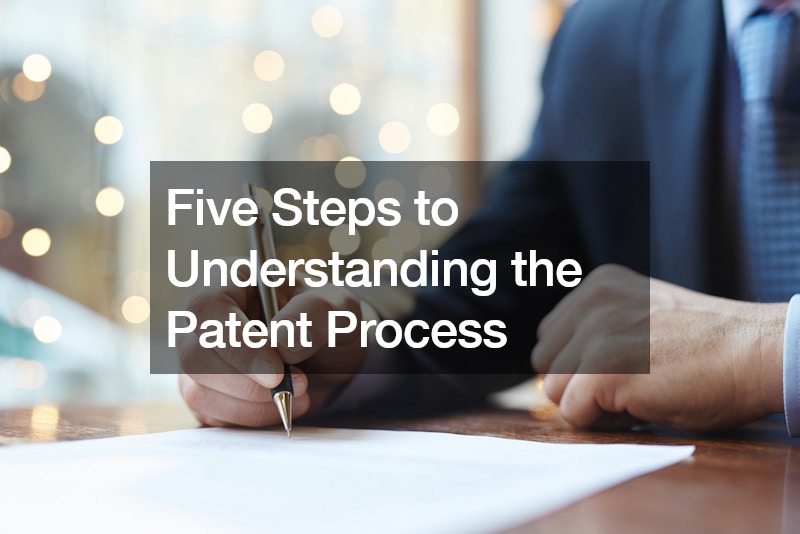
Updated 6/13/24
If you are an inventor and have successfully created something new, you will want to protect it with a patent. If you haven’t been through the patent process before, you may have questions about patent filing services. You might wonder why patents are issued. In essence, governments grant patents to encourage inventors to protect and profit from their products.
It’s essential to keep detailed notes and measurements during your invention’s development, and these can be used for your patent application documentation. Your first official step will be to complete the documentation for your application, which will include complete details of how you developed your invention. Before submitting your invention for patent review, ask all participants to sign an NDA (non-disclosure agreement) so you can keep your invention confidential.
You may wonder, how long does it take to obtain a patent? According to Legal Zoom, it takes an average of 22 months from start to finish. If you have problems processing your patent, you should contact a lawyer with experience dealing with your type of patent. For example, for a technology patent, you should turn to a technology patent attorney.

Protecting intellectual property is important to the American way of life. The first United States law regarding the patent process was passed in 1790, and since then we’ve passed quite a few laws on this subject. It can be difficult to navigate the patent process and intellectual property practices without a patent lawyer these days, but if you’re interested in knowing more about the basics of the patent process, read on.
Understand Your Terms
What you need to apply for depends upon what you’re protecting. There are four types of intellectual property protection: patents, trademarks, copyrights, and trade secrets. A patent usually identifies a utility, design, or even a plant.

What Can Be Patented?
In order to be considered for patent protection, an invention has to be considered useful, novel, and non-obvious. In other words, it must be something more than what the average person would think to do easily by looking at the same situation. Unique types of packaging can be eligible for a patent, as well.
Preparing Your Application
The next step in the patent process is making an application, usually in the form of a document that details the process design clearly enough that someone of ordinary skill can understand it. At this stage, it’s wise to get a patent attorney to help make sure the application is done in the right way and follows the processes most likely to get a good result. A good lawyer can also help you understand the competition and how to write a patent application in a way that takes that into consideration.
Prosecuting a Patent
Once an application has been sent in, the U.S. Patent and Trademark Office will issue an action or actions, which can include rejection or objections to certain parts of the patent itself or items within the patent application. Often legal help is essential to this stage of the patent process to defend the patent against some piece of prior art. At this stage, the patent often needs to be fine-tuned to make sure it doesn’t infringe on anyone else and is protected itself.
Appeals on a Patent Rejection
Typically the patent will go through several cycles of prosecution, and hopefully then be issued. If it is ultimately rejected, even after fine-tuning of the application, you can make an appeal to contest the examiner’s findings and decision. Appeals can cause significant delays, so it’s important to get the help of patent lawyers to know when an appeal is necessary and desirable.
Issuing the Patent
If all goes well, this is the final step! The patent examiner issues a Notice of Allowance to the United States Patent and Trademark Office, and you pay them for the patent.
The patent process can be confusing, though it can also be deeply rewarding when the patent is finally issued. It’s important to understand intellectual property practices well in order to get that final issuance, so finding the right patent attorneys is crucial to the process. If you’re interested in patenting your unique design or process, look for a patent lawyer to help you protect and profit from your unique contribution.
